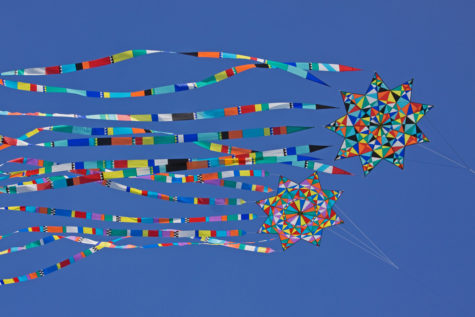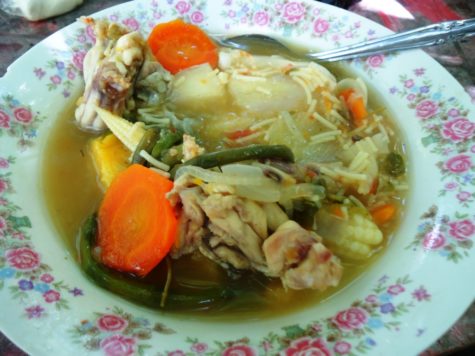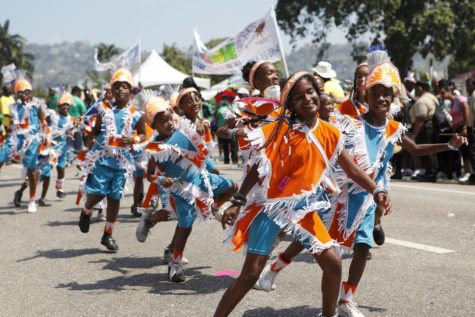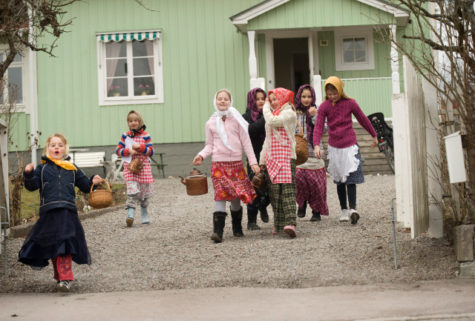Easter Traditions Around the World
Friends showing off their handmade bonnets at the annual Easter Bonnet Parade
As Easter quickly approaches there is no shortage of colorful eggs and chocolate bunnies in local grocery stores. At least that’s the truth here in the United States. Easter is a universally celebrated holiday on the Sunday on or after the first full moon of spring. Although the date remains the same around the world, it is easy to spot the differences in the many ways the world celebrates.

Bermuda Easter kites flying
A tiny island located off the east coast of the United States, Bermuda is known for being one of the most beautiful countries in the world. The 65,000 citizens of the island celebrate Easter with activities like flying handmade colorful kites and eating hot cross buns. The kites are made from colorful tissue paper with long tails and string. Most people step outside for the festivities on Good Friday, the Friday before Easter before settling in for dinner with friends and family

Stacks of mystery book displayed around Crime Easter
Norwegians have an interesting way of celebrating the season of Easter. The holiday is most commonly referred to as Easter Crime or Paskekrim. During this time of year, many people around the country begin to read mystery novels and watch the nationally televised crime detective series. This odd tradition began about 80 years ago when two young men wrote a horror story about a train being burglarized. Apparently, the story mentioned the Easter season multiple times. When the book became incredibly popular, people began associating the book with the season and the Easter Crime was born.

Iguana soup: A popular Easter dish
Colombians and Americans share a similar Easter tradition which is sitting down to a large meal. However, in Colombia the menu might look a little bit different. Most families feast on large portions of iguanas, turtles, and large rodents rather than ham, corn, and mashed potatoes.

Easter day parade in Haiti
Haitians celebrate Easter in a way that would make many people on edge. The celebrations start of with fun parades with traditional rara music which is played using trumpets made out of bamboo, drums, and maracas. Easter is actually a combination of catholic and voodoo tradition in Haiti. Many voodoo practitioners can be found offering goat heads and other body parts to the spirits during various ceremonies, these sacrifices are ways of showing devotion to the spirits.

Children dressing up as Easter witches
In Sweden, Easter traditions could easily be mixed up with the common Halloween trick-or-treat tradition. While families gather for large meals of eggs, herring, and a dish called Jansson’s Temptation (onion, potato, and pickled sardines baked in cream) on Easter, many of the Halloween-like traditions happen in the days leading up to Easter Sunday. Children dress up as Easter witches and go door to door where they trade drawings and paintings for candy and sweets. The tradition began with an old tale of witches who would fly on broomsticks to visit the devil. On their way home, Swede’s would light candles all over their yards and along the street ways to scare them off.

